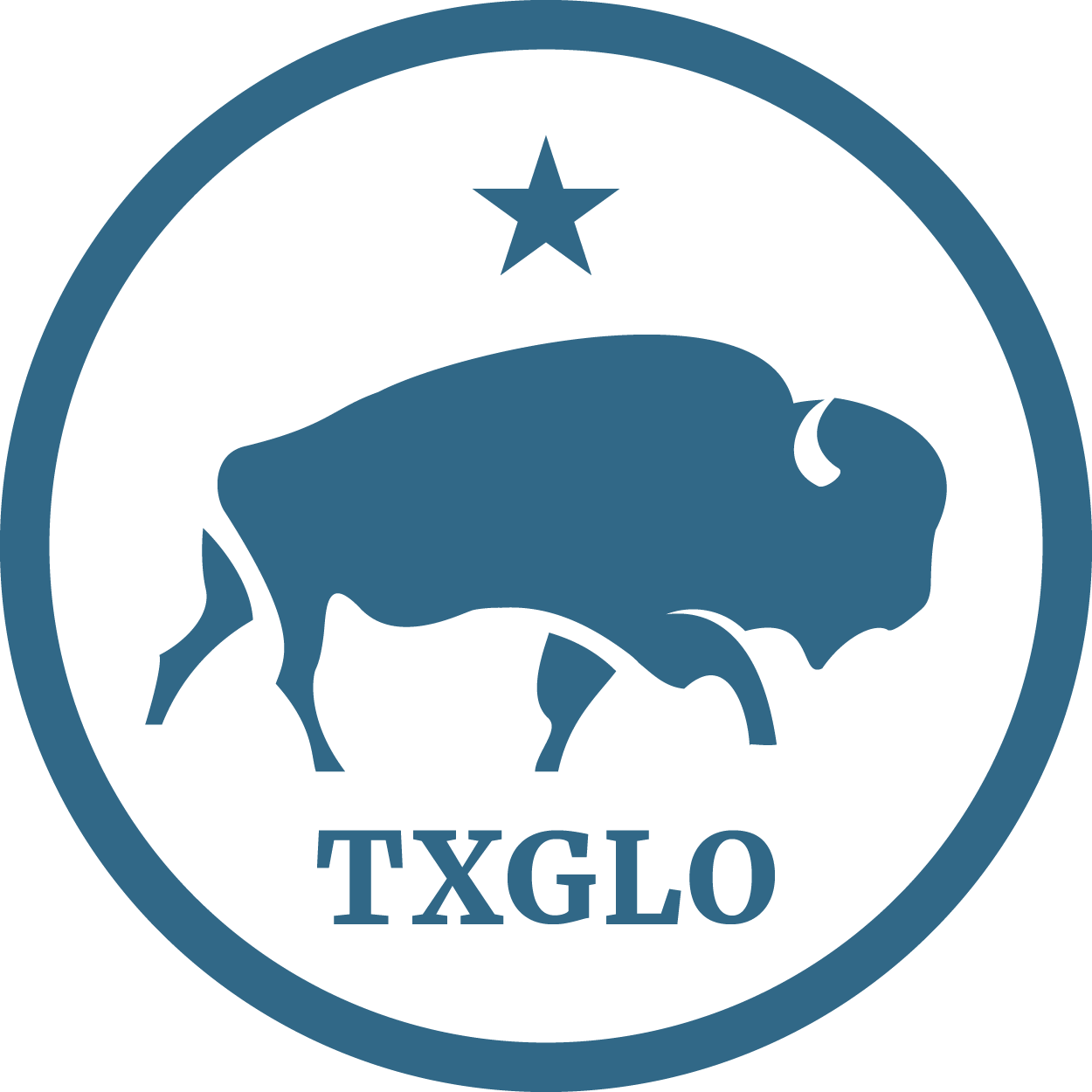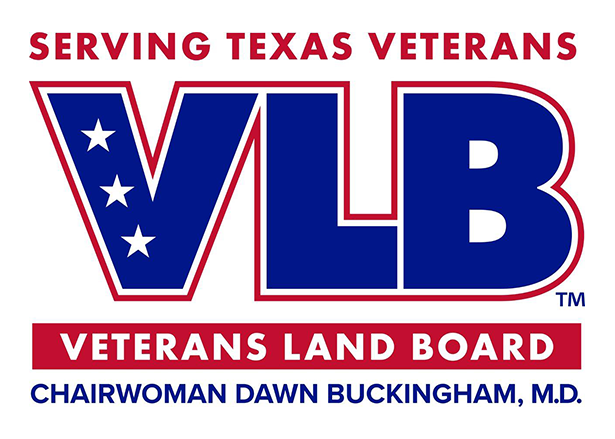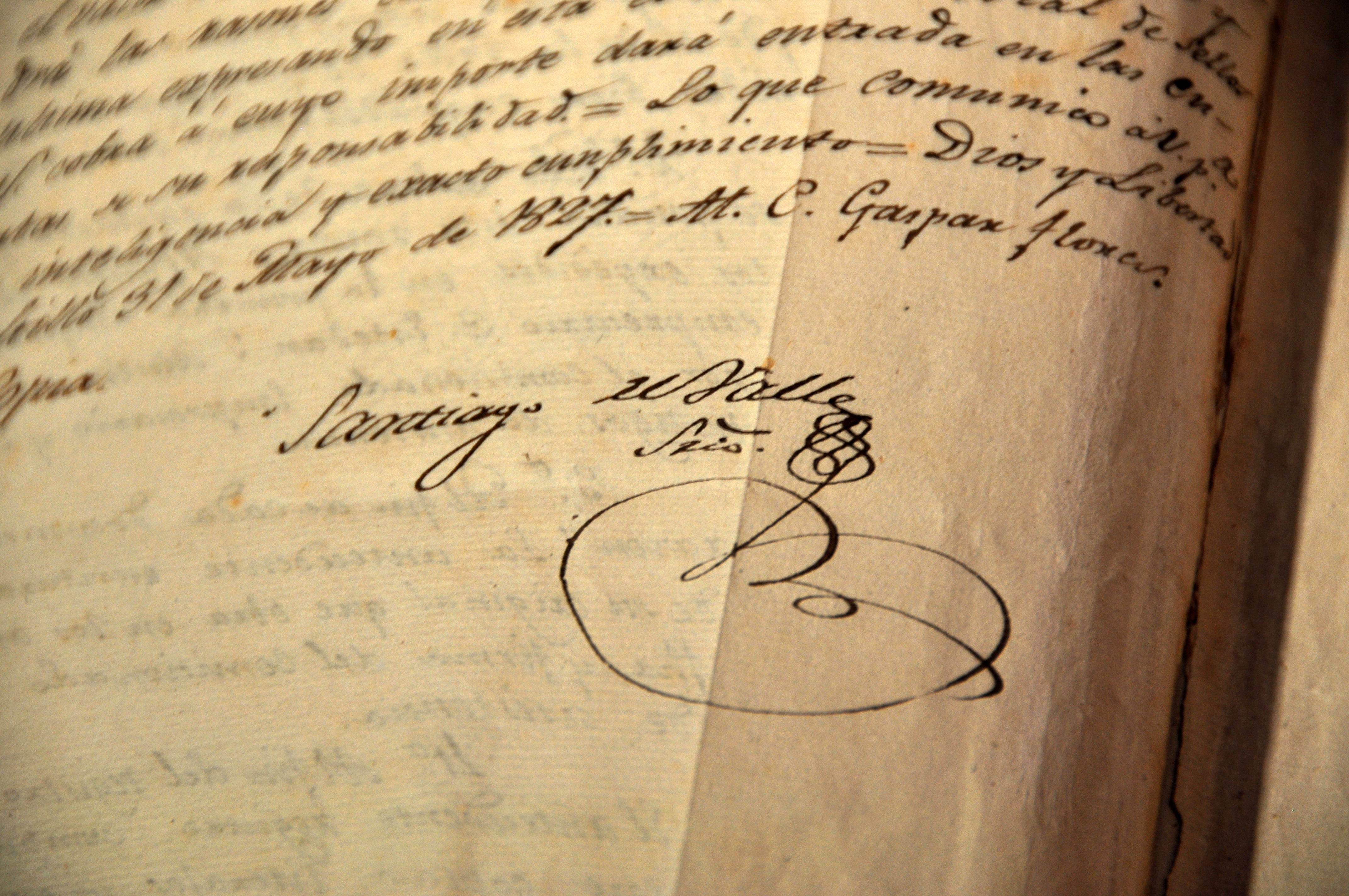The Land Board Money Letters can be either applications to purchase school land submitted by land agents on behalf of individuals or payments sent by land agents on behalf of clients.
The Land Board Money Letters are correspondence between land agents and the State Land Board that conveyed either payment or application to purchase school land. During the date range of the Money Letters, the State Land Board was made up of State Comptroller W. J. Swain, GLO Commissioner W. C. Walsh, Attorney General J. D. Templeton, State Treasurer F. R. Lubbock, who also served as the Chair, and finally, the Secretary Randolph Laurence. The Land Board Money Letters begin in July 1883, around the time that the Settler's Law of 1883 took effect.
A sampling of the Letters viewed alongside school land files shows that the letters of application sent by land agents bear earlier dates than the application in the school land file. The ealier date provides a bit of insight why the Letters were separated from the school files. Land program files are arranged by the name of the person receiving the land be it by grant or by purchase. A letter of application even with a payment on a purchase done by a third party may not have been enough documentation to create a file until the GLO received something more substantial signed by the individual settler. Letters of payment and/or purchase submitted by land agents were often sent on behalf of multiple individuals for multiple tracts necessitating that they remain separated in order to link multiple files back to these Money Letters.
The Land Board Money Letters collection ends in July of 1887, just as an update to the Settler's Law took effect. Commissioner Richard M. Hall writes in 1888 in his report to the Governor, "The Act of April 1st, 1887, providing for the sale of the school, University and asylum lands, and for the lease of such lands and of the public lands, took effect on July 4, 1887, entailing upon this department a vast increase of labor, care and responsibility. The requirements of the law that these lands be carefully classified and appraised before they could be offered for sale necessitated a virtual suspension of sales for some months."
It is possible that during the period of inactivity noted by the Commissioner, GLO staff decided not to keep the letters once a purchase or payment had been made and a receipt created and placed in the file. It is also possible that these Letters are only a fraction of what once existed.
There are 12,618 Land Board Money Letters in 22 doc boxes. The Letters represent some of the purchases and payments of school land from July 1883-July 1887, but not all as some filed their own paperwork, while others went through land agents. While the bulk relates to school land, some of the letters refer to purchases and payments on asylum and university lands.
A numbering system was applied to the letters, likely in an effort to link an individual letter to mulitple school files. However, the key to this numbering system no longer exists and the numbers assigned to each Letter wasn't recorded on the file jackets of school land files. The Letters are numbered sequentially from 1-12618 and are in loose chronological order by month which means that they were likely assigned a number as they arrived at the GLO.
[Short title of Document], [Date: Day-Month-Year]. Box [#], Folder [#], p. [#]. Land Board Money Letters (LBML). Archives and Records Program, Texas General Land Office, Austin.
Unrestricted access.
Most records created by Texas state agencies are not copyrighted and may be freely used in any way. State records also include materials received by, not created by, state agencies. Copyright remains with the creator. The researcher is responsible for complying with U.S. Copyright Law (Title 17 U.S.C.).








